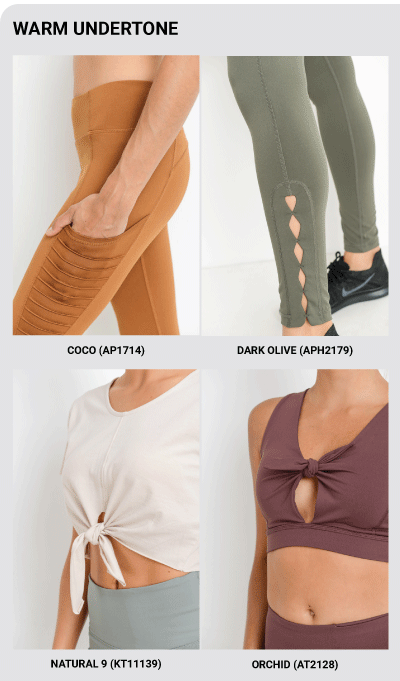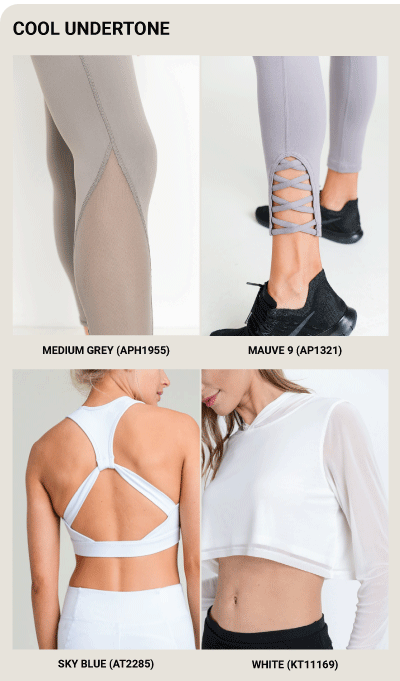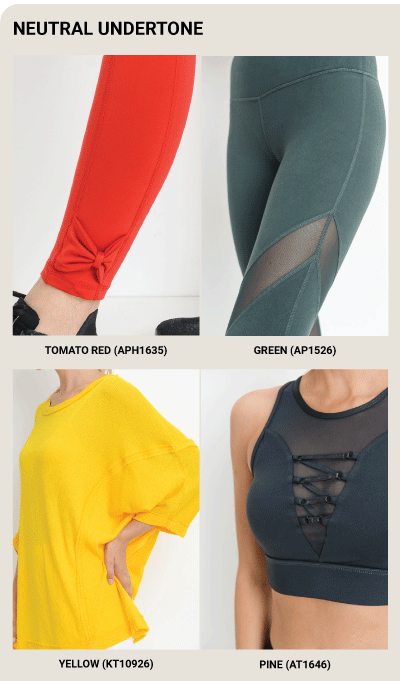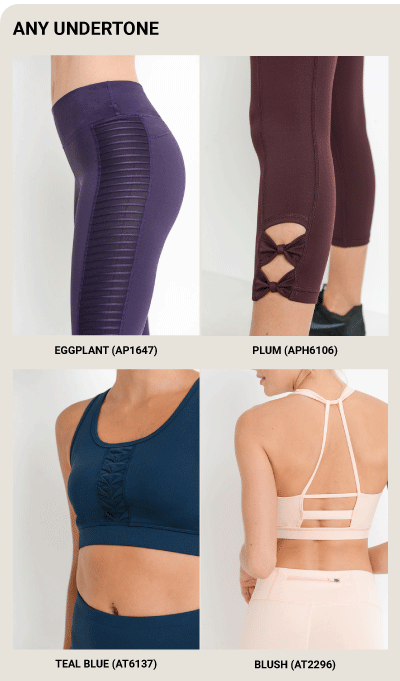(Original article was published on monobclothing.com/blog on April 12, 2019.)
Ever wonder why you get a lot of compliments when wearing certain colors and lots of bizarre stares when wearing others? Most likely that has to do with your skin’s undertone, and whether it’s warm, cool, or neutral.
Don’t confuse skin tone with an undertone. Skin tone is the color on the surface (fair, medium, or deep). Undertone is exactly like the name: the color under the surface. Unlike skin tone, undertone stays the same, even if the skin tone changes.
Warm undertone colors: yellow or gold. Cool undertone colors: blue, pink, or red tints. Neutral undertone colors: a mixture of both warm and cool colors.
Let’s look at the ways you can find your undertone.
Vein check.
People with cool undertones have blue or purple veins. Those with green veins have warm undertone. Colorless veins or veins that match the skin color mean neutral undertone.
Jewels rules.
This one is perhaps the least objective of the test, but try it out anyway. If gold looks more flattering on you, that means you have a warm undertone. Silver? Cool undertone. If you can rock both colors, then you have a neutral undertone.
Paperwork.
Place a white paper on your skin. If your skin looks yellowish or greenish, that means you have a warm undertone. If your skin appears rosy or reddish, then you have a cool undertone. If your skin looks grey or ashen (not ashy), you most likely have a neutral skin tone.
Absolute or Off.
Just like the jewelry test, this one’s also somewhat subjective. If you feel you pull off absolute black or absolute white clothes better than off-white, ivory, or tan clothes, you’re cool-toned. If you wear the opposite better, then you have a warm undertone.
Hair and Eye.
Those with a warm undertone tend to have blond, red, brown, or black hair (with yellow or red glow) with brown, amber, or hazel eyes. Those with cool undertones usually have blue, grey, or green eyes with blond, brown, or black hair (with blue, grey, or purple glow).
Tan or Burn.
After spending the day out in the sun, if your skin turns golden-brown, you have a warm undertone. If you’re more prone to sunburn, you have a cool undertone.
Try as many tests as you can to find a definitive answer, and once you know which undertone you have, you can determine which colors work on you, including lipstick, foundation, hair color (if you want to dye your hair), and clothes.
Here’s a little cheat sheet to navigate Mono B’s collection to find out which colors work for certain undertones.
Warm undertone: Coco, mustard, ivory, rust, olive, coral, cream, peach, amber, yellow, gold.

Cool undertone: Blue, sky blue, all shades of grey, lavender, white, mauve, magenta, fuchsia, hot pink.

Neutral undertone: Tomato red, yellow, pine, green, jade, dusty blue.

Any undertone: Burgundy, eggplant, plum, teal, medium teal, black, neon yellow.

However, take all of this with a grain of salt. Life is too short to limit ourselves to a handful of colors just because someone tells us to. Experiment and go crazy.